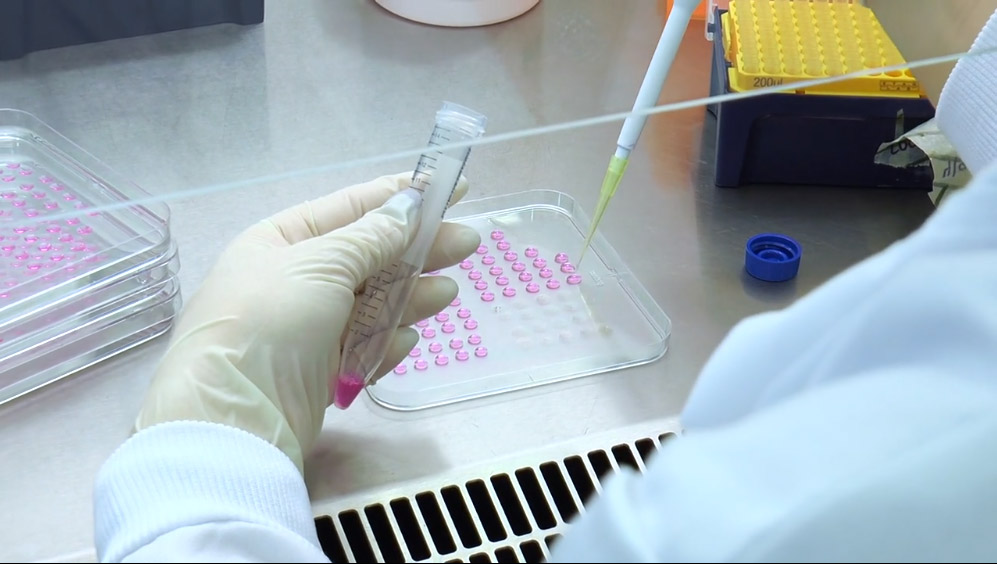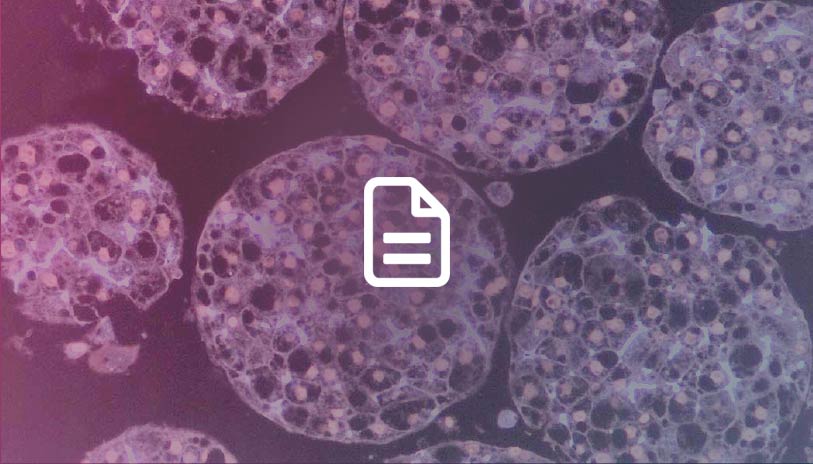ADME/Toxicity Assays for Drug Discovery
A critical stage in the drug discovery process is studying the absorption, distribution, metabolism and excretion (ADME) of drug candidates. These kinetic studies, together with screening for drug toxicity, help to build a pharmacological profile of the drug.
Case Study: ADME/Tox Screening in 3D Culture
Learn how Swansea University Medical School is using 3D liver cell models to study cell viability and metabolic activity for nanomaterial hazard testing.

Assays for ADME/Toxicity
Bioluminescence-based assays offer considerable time savings in drug ADME/Tox screening, compared to conventional methods. Background is minimal compared to fluorescence-based assays, since there is no naturally occurring source of bioluminescence in most cell lines. Cell-based CYP metabolism assays can be adapted to 3D cell culture with optimized protocols.
ADME/Toxicity Resources

Luminescent Viability Assays for Magnetically Bioprinted Hepatocyte Spheroids
Print hepatocyte spheroids with magnetic 3D bioprinting, then assay the metabolic activity (CYP3A4) and viability of these spheroids using the P450-Glo™ and CellTiter-Glo® luminescent assays.

An Automated Multiplexed Hepatotoxicity and CYP Induction Assay Using HepaRG Cells in 2D and 3D
This study introduces novel methods to evaluate drug metabolism and hepatotoxicity in both monolayer and 3D cultures.

Screening of Cytochrome P450 Activity in Magnetic 3D Hepatocytes
A review of a research publication demonstrating the use of luminescent assays to measure cytochrome P450 activity in magnetic hepatocytes.